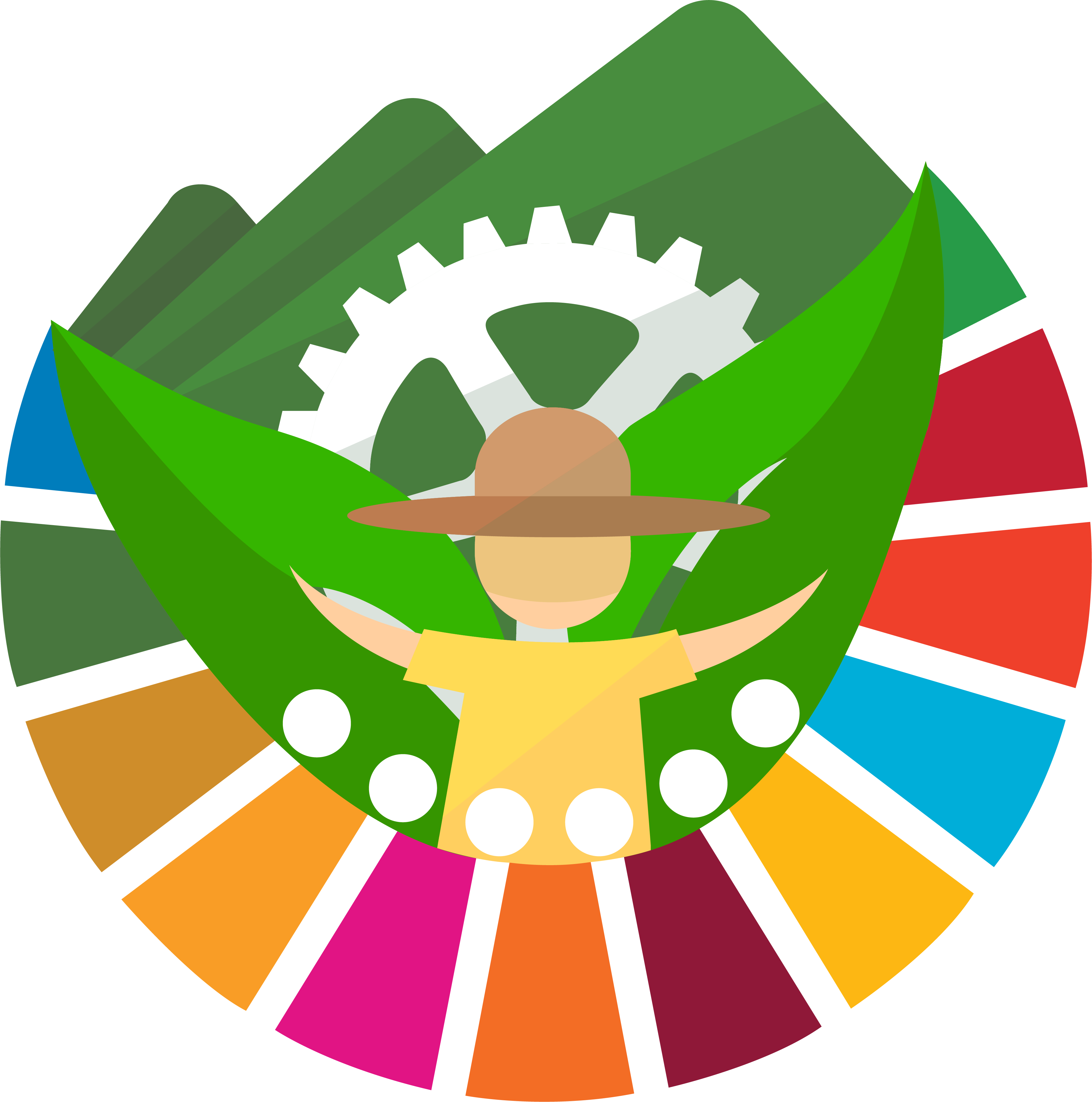Research | SDG 12 – Responsible Consumption and Production
Technical Research Category
1. Energy Efficiency of Lightning System at ISUC: Basis for Energy Conservation and Saving Initiatives
Bondee L. Peñaflor
Abstract
This study aimed to assess the lighting systems in the selected buildings of Isabela State University, Cabagan Campus which will serve as basis in determining intervention potentials and energy saving opportunities. Two biggest electricity-consuming buildings were considered in this research: Campus Administration Building (CAB) and College of Education Building (CEB). Using infrared distance meter, light meter and a self-prepared Lighting Assessment Data Sheet, the level of illuminance was measured in each room/office. Results show that the total electricity consumptions per day are 2.73KW and 1.049KW for CAB and CEB, respectively, and the costs per day are PhP2,989.16 and PhP114.57, respectively. The shift into 10W LED Pin Lights as replacement to the existing non-LED lighting fixtures would make total electricity consumptions per day at 1.11KW and 0.75KW, respectively while the cost would result into PhP121.23 and PhP81.91. A potential annual saving of PhP46,709.1 in CAB while PhP8,621 in CEB. Meanwhile, Only the Cashier’s Office at CAB was found to have sufficient illumination while all the rest are under lit. When the window blinds are rolled-up, the Conference Room and the Registrar’s Office are still under lit while the Executive Officer’s Office, Human Resource Management Office, MIS Office, Planning Office and the Cashier's Office are over lit. In CEB, the mean illumination levels of the offices/rooms are under lit wherein the levels are way below the standard. It is recommended that all non-LED type lamps should be replaced with LED-type. The design of lighting system should be revisited and the use of LED-type lamps should be considered in the Conference Room and the Registrar’s Office including those rooms/offices in CEB.
Keywords: Energy Audit, Lighting System, Illuminance, LED-type Lamps
2. Farmers' Awareness and Adoption of Corn Production Technology in Isabela
Nilo E. Padilla, Joe-Ann Payne, Ralph John Lapastura, Errol John Cadeliña
Abstract
The study aimed to evaluate farmers' level of adoption and awareness of corn production technology. The result of this study would contribute to the State Universities and Colleges Research Department Institutes’ (SUC-RDI) awareness of the relationship between the farmers' level of awareness and adoption of corn production technologies and as a baseline data to develop and promote strategies in extension services. Microsoft Excel and STATA v.13 were used to analyze the gathered data. The data were classified and analyzed through descriptive statistics. Correlation analysis, Means, frequencies, and percentages were used to facilitate the discussion. The results showed that among socio-demographic characteristics and farming experience of the respondents, household size, cost of farm production, number of training attended, farmland is owned by the farmer, the farmer being a tenant, and attendees of the agricultural training provided by the different agricultural agencies from training are the variables significantly correlated with the level of adoption. Meanwhile, being a college graduate is the lone variable that has a significant correlation on the farmers’ adoption with awareness of the technology being demonstrated by them.
Keywords: Adoption, Awareness, Corn, Production Technology
Technological Research Category
1. Development of Sustainable and Eco- Friendly Clothing Made of Sansevieria Trifasciata Fiber
Alelie M. Apalla
Abstract
The study focused on the development of sustainable and eco- friendly clothing made of sansevieria trifasciata fiber. An important aspect of studying extraction of fiber from a locally available resource is the College of Education technical programs to produce future experts. We can see a global decline in research and the study of fabric development from the locally economic sustainability points of view. The sharp drop in funding of such studies because they are not always “technically advanced” has reached the point where, with the retirement of the currently small number of experts, there will be no new good researchers who understand the relevant developmental aspects to replace them. This will certainly damage future research and progress. This trend should be reversed in time–now. Further, this research intended to perform as an informative article, especially for potential Sansevieria Trifasciata manufacturers, provide knowledge about the usefulness of Sansevieria Trifasciata as an alternative material for fabric and garment production. The research aimed to develop sustainable which may not be innovatively fashionable yet eco-friendly textile made of Sansevieria Trifasciata fiber.
Keywords: Textile, Clothing Construction, Biodegradability, Eco-friendly, Sustainability

















